In this day and age, almost every car manufacturer aspires to sportiness one way or another. While some will restrict this ideal to a simple bodywork styling exercise, many have a full-on performance division that will distil a car to its essence and wring every last scrap of power from it.
Be it long-standing departments at established manufacturers, or relatively new imprints; the industry has rarely been lacking performance-focused divisions in the last few decades.
But which are the leading performance brands, and what do they make? Let’s take a look.
BMW M
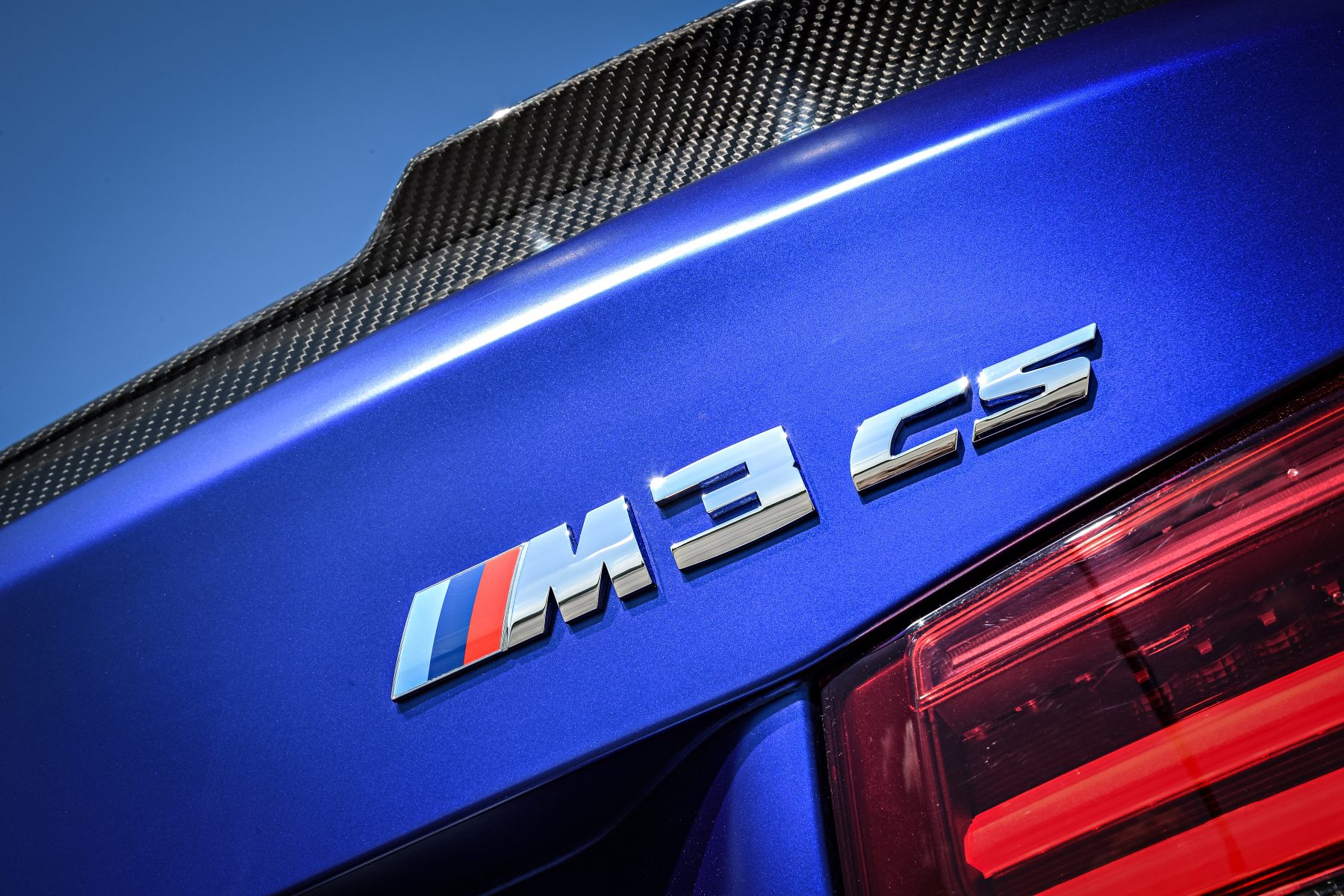
As with many badges and performance outfits here, BMW’s M Division has its roots firmly embedded in motor racing. Founded in 1972 and finding a stride early on, it took just six years for the brand to make its imprint on road cars with the M1.
Today, the firm’s back catalogue of iconic cars for road and track is lengthy and commendable in equal measure. With a particular penchant for taking saloons and turning them into high-performance cars of the highest order, the M Division has cultivated a loyal, worldwide following.
In the modern era, the reach of M has spread further, with M Sport styling packs available on practically everything that rolls off a BMW production line.
Mercedes-AMG
 AMG was founded all the way back in 1967 by Hans Werner Aufrecht and Erhard Melcher – and the letters AMG in fact stand for Aufrecht, Melcher and Großaspach – Aufrecht’s birth town. Since then, AMG has created some of the most elegantly unhinged motor cars that the world has ever seen, and, more recently, produced engines for the likes of Pagani and Aston Martin.
AMG was founded all the way back in 1967 by Hans Werner Aufrecht and Erhard Melcher – and the letters AMG in fact stand for Aufrecht, Melcher and Großaspach – Aufrecht’s birth town. Since then, AMG has created some of the most elegantly unhinged motor cars that the world has ever seen, and, more recently, produced engines for the likes of Pagani and Aston Martin.
While best and most commonly associated with Mercedes, which has been a majority shareholder since 1999, AMG has previously worked with other firms including Mitsubishi.
On the road, AMG’s philosophy for tuning is somewhat different to that of the M Division, often providing more brash, raucous offerings than those in the red and blue stripes.
Hyundai N
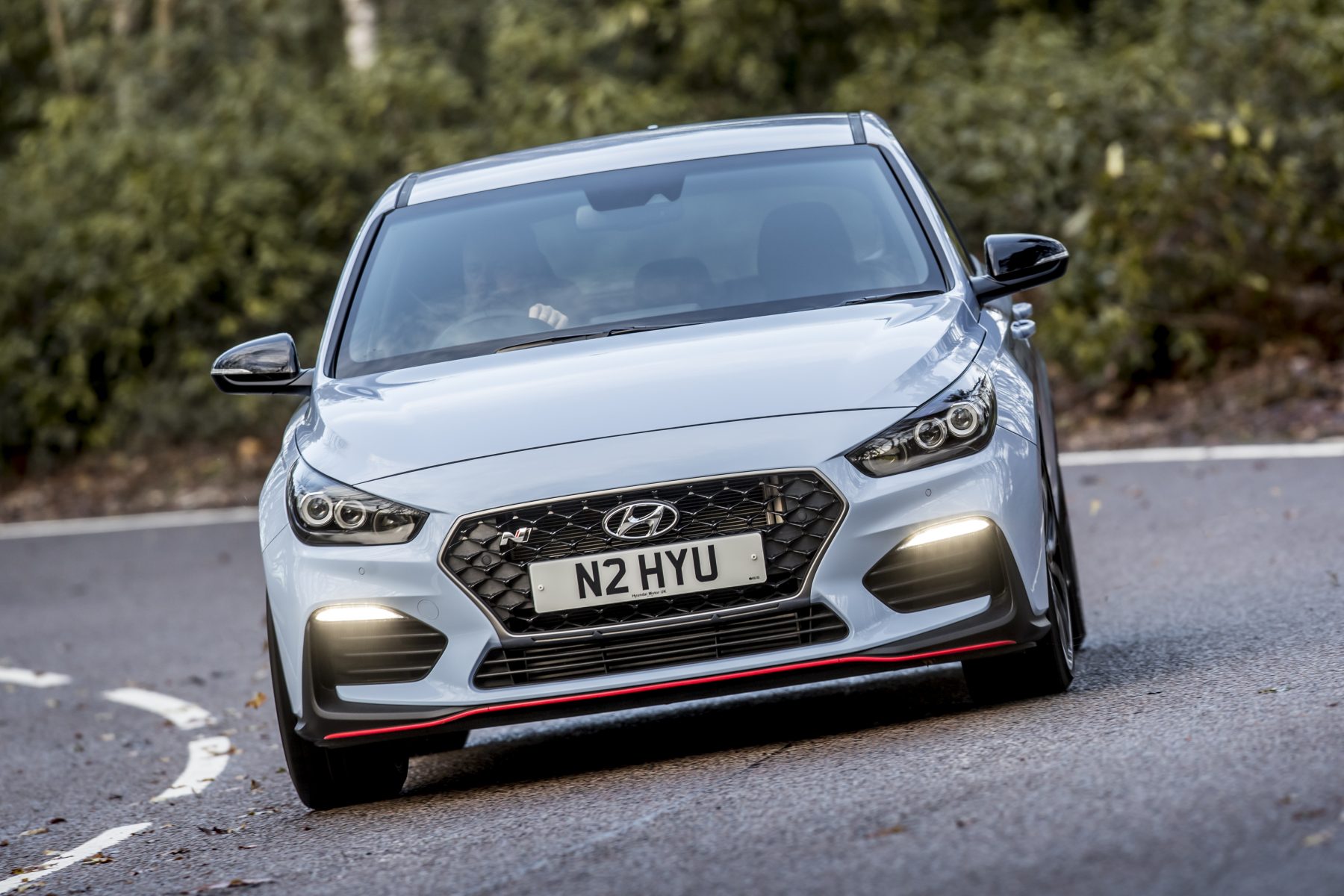 Hyundai hasn’t got the greatest of motorsport or performance pedigrees to its name, but it is now well on the way thanks to the foundation of the N high performance brand.
Hyundai hasn’t got the greatest of motorsport or performance pedigrees to its name, but it is now well on the way thanks to the foundation of the N high performance brand.
Picking and choosing expertise from all over the world, the division’s work so far has been lauded, particularly the astounding i30N hot hatch. The road-going activities are being backed up by successful campaigns in the World Rally Championship, touring car racing and the Nürburgring24 Hours; the latter of which is held at the circuit the division calls home.
Much like BMW’s M division, the N brand is also seen on less performance-oriented cars with go-faster styling, dubbed N-Line.
Renault Sport
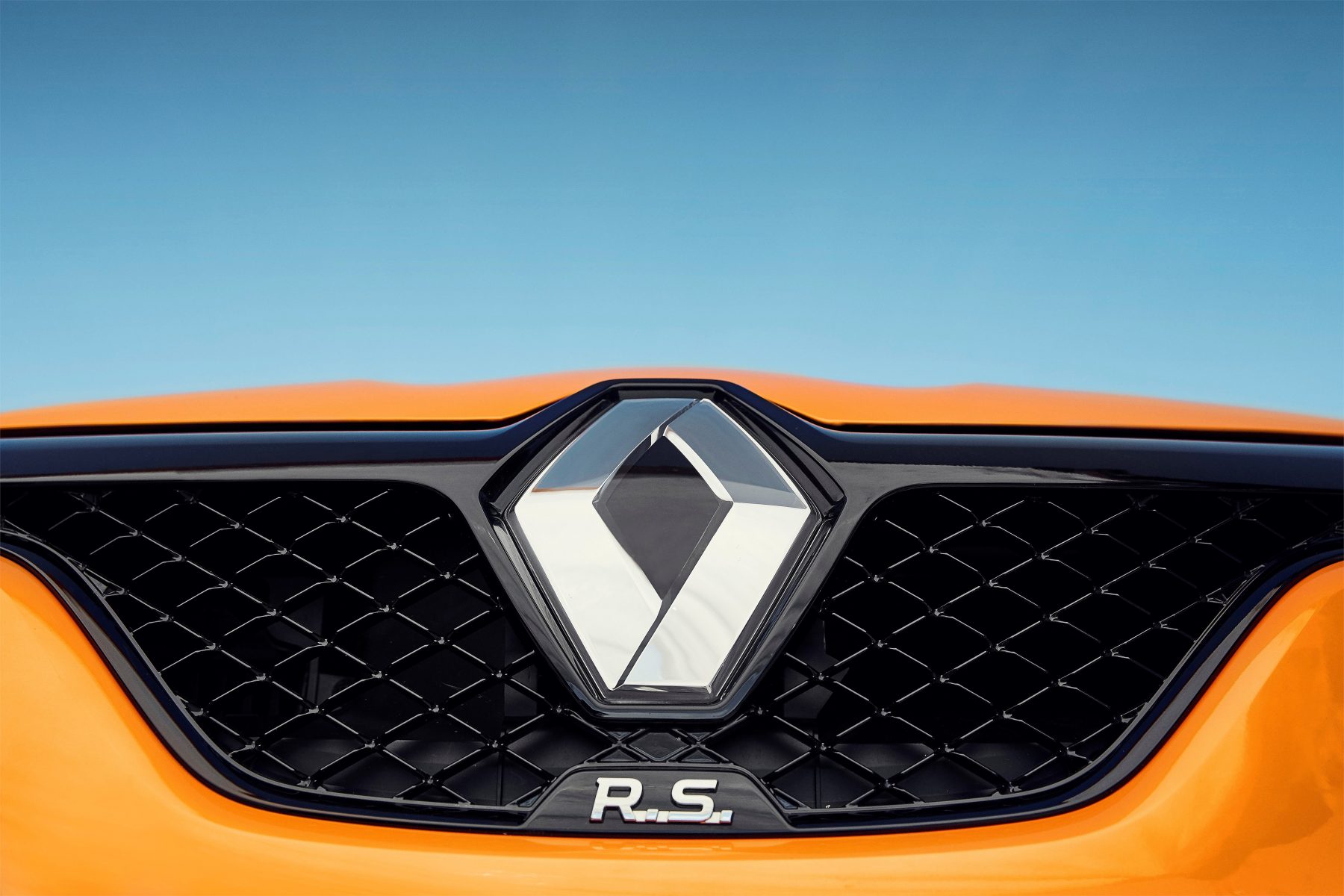 While Renault Sport’s history in motor racing goes back as far as the 1970s in Formula One, Rallying and other disciplines, its road car history only began in earnest when Renault discontinued the Alpine marque in 1994.
While Renault Sport’s history in motor racing goes back as far as the 1970s in Formula One, Rallying and other disciplines, its road car history only began in earnest when Renault discontinued the Alpine marque in 1994.
Since then countless well-received hot hatches have received the Renault Sport moniker, including variants of the Clio and Megane.
Abarth
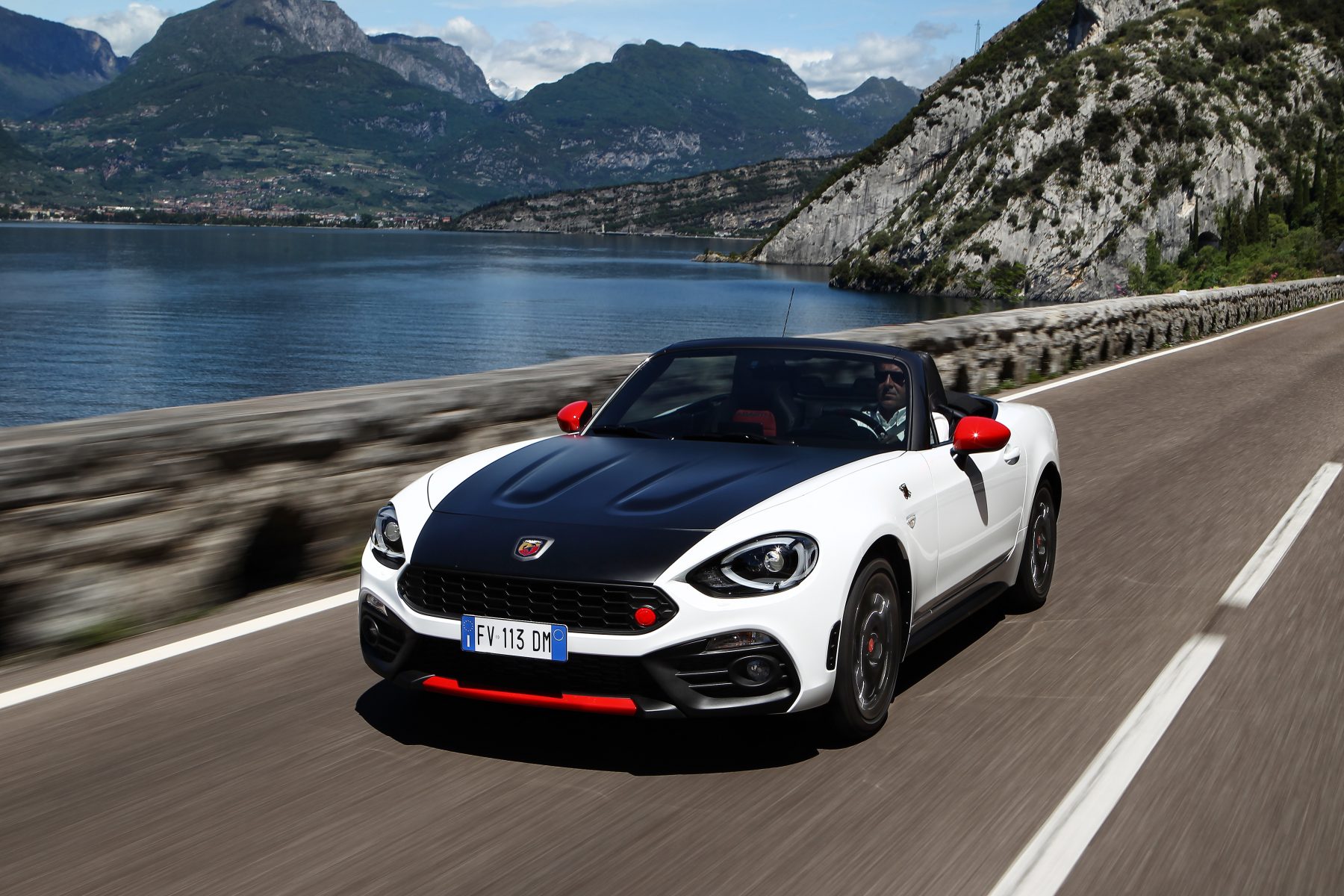 Abarth is still treated as a separate brand, and while it is now very much just an extension of Fiat, it once made many weird and wonderful sports cars.
Abarth is still treated as a separate brand, and while it is now very much just an extension of Fiat, it once made many weird and wonderful sports cars.
The firm was founded in 1949, and it wouldn’t be until 1971 that founder Carlo Abarth sold the firm to Fiat. By the 80s, the marque itself had ceased to exist, serving as a Fiat equivalent of a GTi or RS badge.
Today, performance-injected variants of the Fiat 500 and 124 Spider are the firm’s bread and butter, after the marque was re-established in 2007.
Shelby
 The story of Shelby and its eponymous founder Carroll is one of the most well-known in motoring.
The story of Shelby and its eponymous founder Carroll is one of the most well-known in motoring.
From the Cobra to the Mustang, the Shelby name’s legacy is one that is storied and well-covered; however, while it is an explicit Ford entity today, the Shelby brand has been elsewhere too.
Not only was the firm a manufacturer in its own right for many years, but Carroll and his expertise even found its way into Dodge and Chrysler products in the 1980s.
Today, however, the Shelby brand is used to designate the top of the Mustang food chain.
Cupra
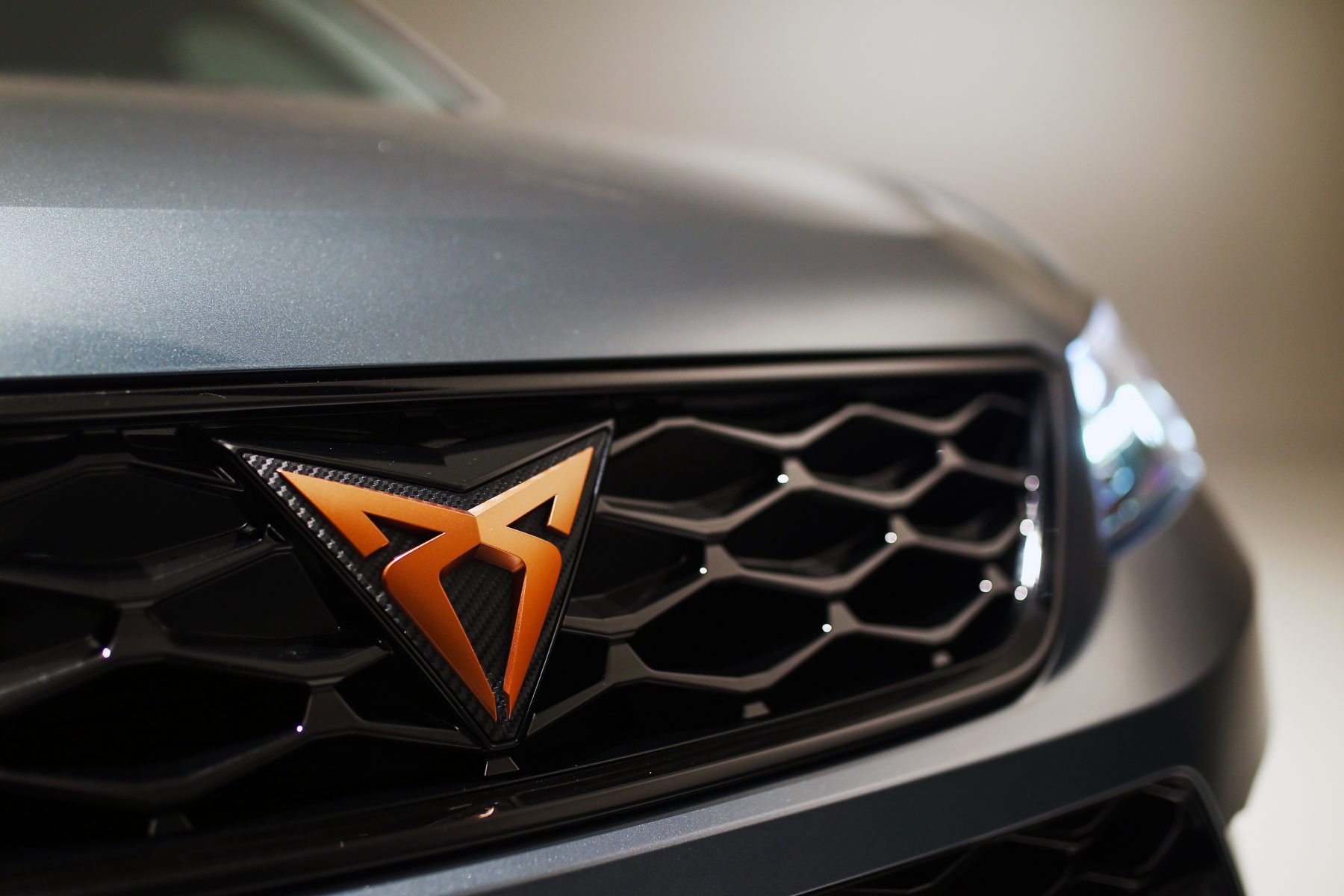 For many years, the Cupra nameplate was the home to Seat’s takes on the likes of the Volkswagen Golf GTI. The models from the Spanish brand were often lauded for their performance and sporting looked.
For many years, the Cupra nameplate was the home to Seat’s takes on the likes of the Volkswagen Golf GTI. The models from the Spanish brand were often lauded for their performance and sporting looked.
Spinning off as its own brand in 2018, the former Seat Sport racing entity is now Cupra Racing, and all former Seat performance models are now badged as Cupras.
Nismo
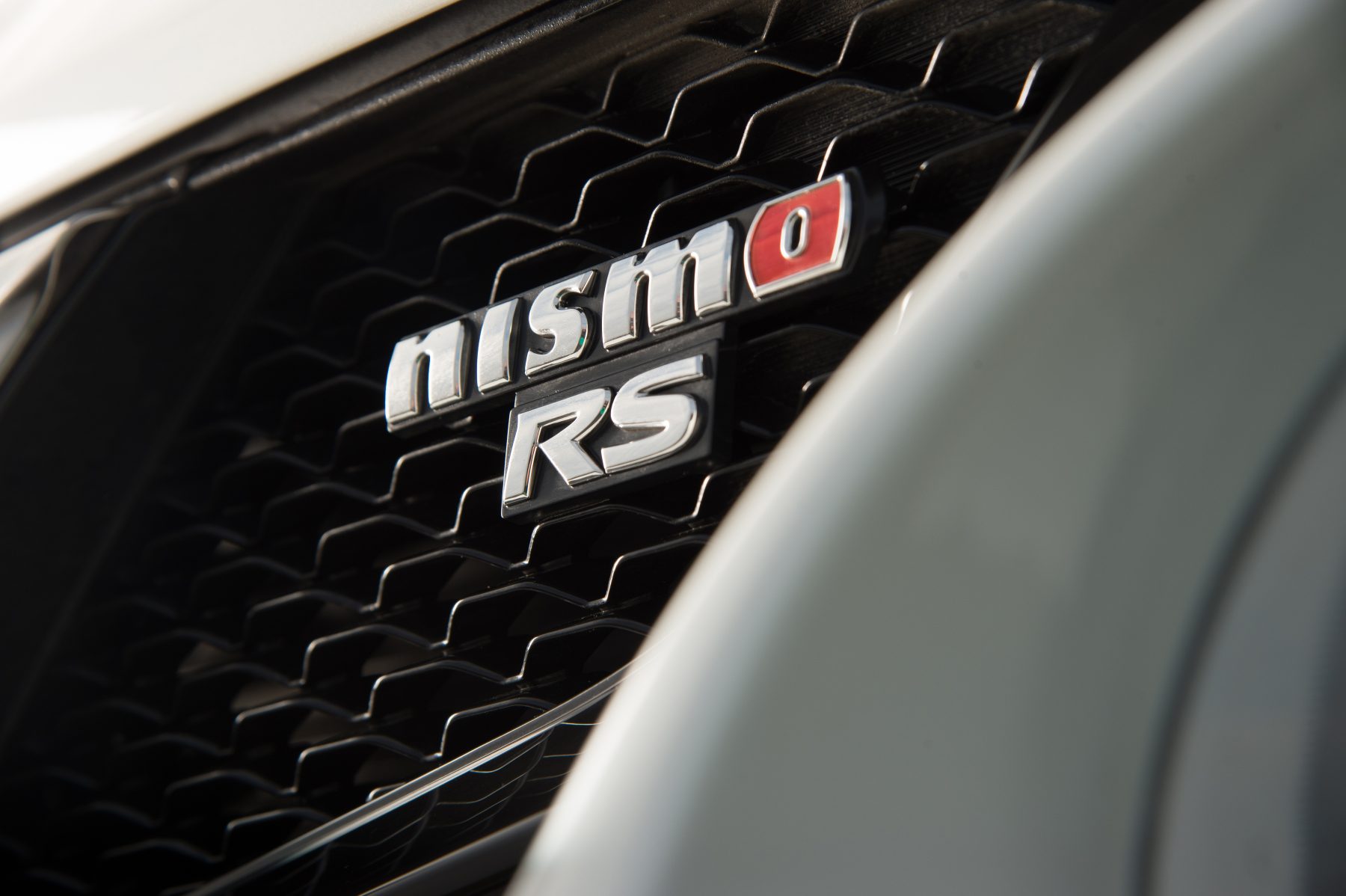 Founded in 1984, the abbreviation of Nissan Motorsport has gone on to become one of the most famous performance and tuning brands on earth.
Founded in 1984, the abbreviation of Nissan Motorsport has gone on to become one of the most famous performance and tuning brands on earth.
Aside from the firm’s global motor racing activities, Nismo produces various performance versions of Nissan road cars such as the GT-R, 370Z and even unlikely candidates like the Juke and Pulsar.
The ‘90s saw the firm put out cars as a brand of its own; the Silvia-based 270R, and the Skyline-based 400R.
Toyota GR
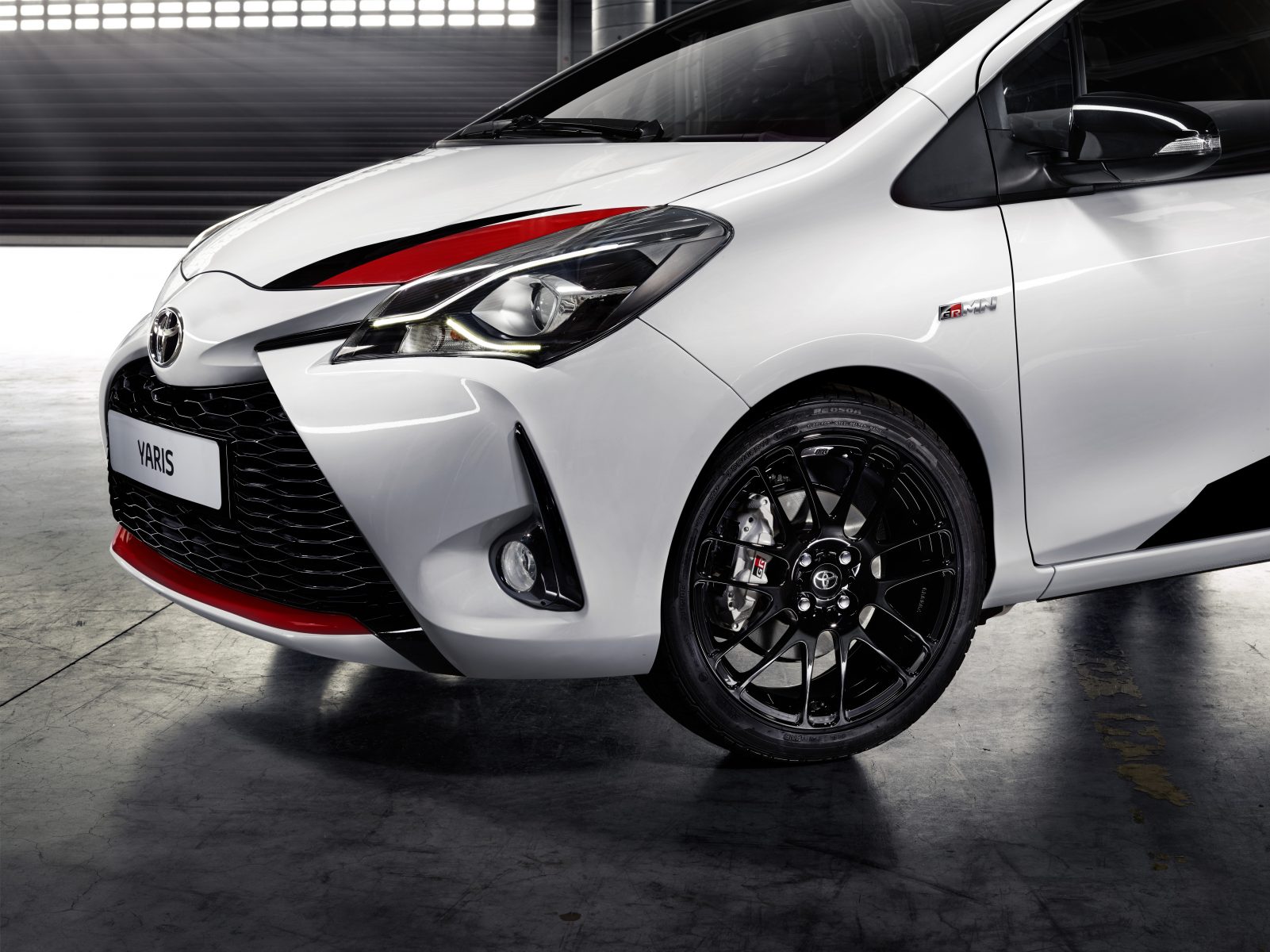 While Toyota’s history of performance brands is rich – see examples such as TOM’s and TRD for evidence of that – but today a new ‘face’ of performance reigns supreme at the Japanese firm.
While Toyota’s history of performance brands is rich – see examples such as TOM’s and TRD for evidence of that – but today a new ‘face’ of performance reigns supreme at the Japanese firm.
Initially, GR – which stands for Gazoo Racing – took part in the Nürburgring24 Hours, where Toyota and luxury spin-off Lexus would compete in a bid to develop performance models. Now, it is not only the team name for Toyota’s Le Mans and Rally efforts, but also the badge given to numerous performance models, including the reborn Supra.

